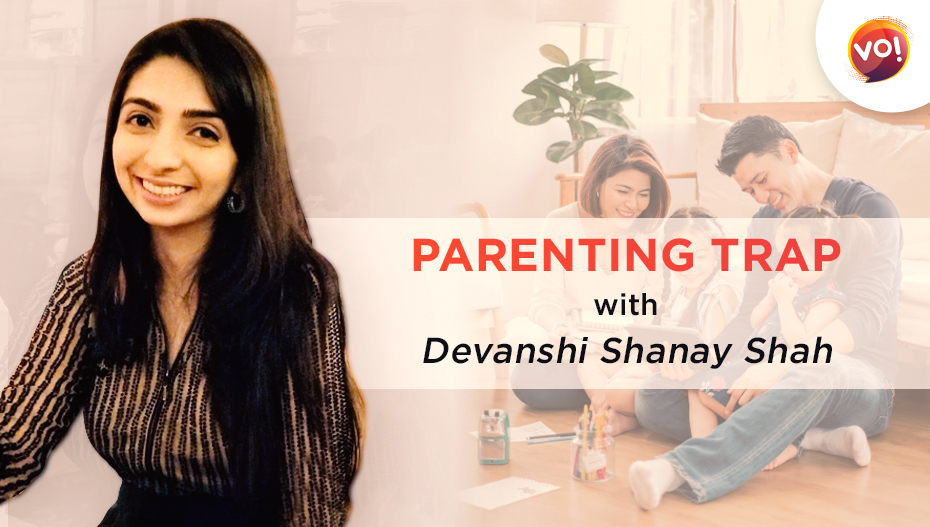Imagine going to a restaurant with your sixteen-month-old. How do you think your meal would pan out? Perhaps you would take out a prepacked home meal from the diaper bag and proceed to painstakingly feed your distracted toddler for thirty minutes while your food gets cold. Perhaps you’d offer them your phone so that they’ll watch nursery rhymes while you finish feeding them. Then by the time you get to eat your meal, your toddler is tired of sitting on the highchair and has a meltdown while you hurriedly scarf down your food. Now let me paint you another picture, it’s the same toddler at the same restaurant, but you’ve followed Baby Led Weaning. You play with the toddler, allowing him to explore the restaurant a bit. And now your food arrives, you sit him in the highchair, and while you eat your meal, your toddler eats the same food by himself—both of you enjoying a hot meal simultaneously without any need for distraction feeding.
In my previous article, Solid Starts, I mentioned an alternative to the traditional feeding approach known as Baby Led Weaning (BLW). It warrants a deeper insight, as this school of thought is slowly becoming the preferred method of weaning for babies everywhere. It entails letting babies feed themselves, starting with finger foods instead of spoon-feeding them purees. Most babies won’t have any teeth at six months. This shouldn’t be a deterrent considering they chew with their strong gums and not their teeth—the molars, which are essentially used for grinding and chewing, come in after the fourteen-month mark.
When I started researching BLW, my biggest concern was implementing this in an Indian Context? Was it possible to do it in a place when through the ages, children were fed only daal ka pani, raab and khichdi as their first meals? Some fantastic resources are available on social media – Instagram has several accounts dedicated to Indian recipes for BLW. There are also India specific support groups on Facebook with thousands of members chronicling their Baby’s BLW journeys.
Baby Led Weaning is a long process that requires patience. At six months old, a baby’s gross motor skills aren’t developed enough to direct food to their mouth efficiently. Until the baby is one year of age, its primary source of nutrition is breast milk/ formula milk. Food till this point is used for sensorial exploration, investigating different textures, and testing gravity. It is essential to let the child develop a healthy relationship with food without feeling pressured into eating. Mealtimes should be a family affair wherein the baby witnesses the family members eating and isn’t the sole focus of attention. And finally, and perhaps most importantly, once the baby signals that he is full and doesn’t want to eat anymore, the meal should end.
BLW focuses on the baby’s needs versus the quantity of food that the child ingests. Humans inherently know how much we should be consuming, but over time we suppress the feeling of satiety and give into overeating. With this feeding process, children remain attuned to their needs and learn how to eat mindfully without distractions. The cons of BLW are that it is a messy process with a steep learning curve, and there are times when it may appear as if the baby is choking, but it is important to not give in to panic. Let the child expel it themselves; they have a natural gag reflex to assist them. It can be scary for the parents; hence it’s vital to be present when they eat without posing interference.
A few key points to note when starting Baby Led Weaning-
- The child should be able to sit by themselves unassisted.
- Show a willingness and curiosity towards food.
- Offer finger-sized cut food so that they can grasp it easily.
- Introduce water in a cup simultaneously.
- Offer a single food at a time. Give it a gap of three days before offering a new food to determine if the child has any allergies.
- To end the meal when the baby signals he is done.
BLW offers freedom not only to parents but to toddlers as well, and they feel more in control of their meals, thereby are less likely to throw a food tantrum or become picky eaters when they grow up. It is a journey and not a destination, there will be days when your good eater might refuse every meal, but it is crucial to trust not only the process but your baby’s appetite as well – After all, you are letting Baby take the lead.
Devanshi Shanay Shah is a bookworm. She is a Master’s in literature and writing from the University of Cambridge. A voracious reader, she has an appetite for fiction and poetry. Mother to one-year-old Ayesha who doesn’t give her much time for any of the things mentioned above. But yes, she manages to work on her debut novel.












